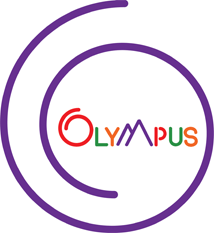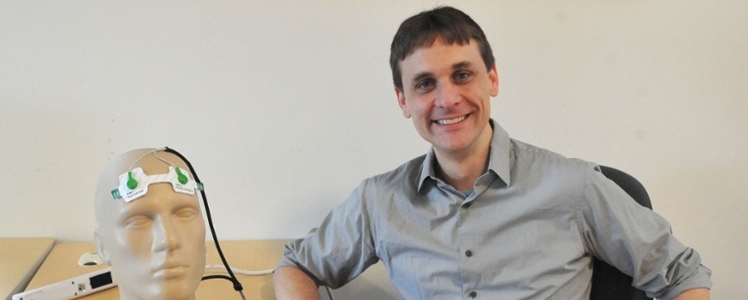Wednesday, June 1, 2016
New Stroke Detection Device Promises Faster Diagnosis
An East Liberty startup is planning a clinical trial for a device that promises to identify strokes much faster than currently possible, reducing the time needed for patients to get definitive care.Forest Devices Inc., a year-old company housed within the AlphaLab Gear business accelerator in East Liberty, will begin enrolling patients in a feasibility study in late June at West Virginia University Hospitals, said founder and CEO Matt Kesinger. Twenty patients will be recruited, split between people with and without a diagnosed stroke to determine the device’s detection accuracy.
“The average delay in treatment of a stroke if missed on the ambulance is two hours,” said Mr. Kesinger, a 33-year-old Dallas, Texas, native. “It’s all about time.”
About 800,000 people have a stroke each year, which happens when a brain vessel bursts or the blood supply is blocked to part of the brain, according to the Centers for Disease Control and Prevention. On average, one American dies every four minutes from a stroke. Only hospitals certified as comprehensive stroke centers have around-the-clock availability of the medical personnel and equipment needed to treat the most serious strokes.
Definitive treatment can include opening the blocked vessel with a tiny catheter, a procedure similar to one that has been successfully done for years in treating people with heart attacks. And like heart attacks, stroke treatment guidelines recommend that definitive care begin within an hour of the onset of symptoms, making speed critical in getting effective treatment.
Stroke diagnosis now hinges on the results of a CAT scan, big devices that are not readily movable. Instead, Forest Devices uses an EKG-like band around the forehead to detect brain abnormalities.
“Our vision is to create a device that any emergency medical technician can use, simpler than an EKG,” Mr. Kesinger said. “We want to save lives and we want to save tissue.”
Mr. Kesinger is on leave from the University of Pittsburgh Medical School, where he was a fourth-year student, and he is enrolled in a master’s program in health care policy and management at Carnegie Mellon University, where he’s learning the basics of the health care business.
He founded the company last year with Dan Willis, who serves as chief technology officer, and Steve Morrow, chief business officer.
Mr. Kesinger anticipates Food and Drug Administration approval taking 18 to 24 months and a $3 billion market for the device. Ambulance services, urgent care centers and hospitals will be primary customers, he said. The test is virtually risk-free for patients.
Clot-busting medications have been used for years to treat strokes, but breaking up clots with catheters threaded into the brain is a more recent innovation that has been helped by equipment advances, said Ashutosh Jadhav, a physician who is director of stroke services at UPMC Mercy and Shadyside hospitals. Only last year did studies confirm the effectiveness of the interventional approach, with three out of five of those studies involving UPMC researchers.
“We gave this therapy faster than we did in the past,” said Dr. Jadhav, who was involved in the trials. “The faster you get treatment, the more likely you are to have a good outcome. This has really changed how we think about stroke and stroke therapy.”
Faster diagnosis of stroke in the field would allow paramedics to alert hospitals sooner and have stroke specialists immediately available when the patient arrives. A similar approach has been used for years in cases of trauma, which allows specialized teams to be ready when a severely injured patient arrives.
“We have to move quickly to see the good results,” Dr. Jadhav said. “The brain is the least forgiving in not receiving enough nutrition. Time is brain.” Read more»
By: Kris B. Mamula

